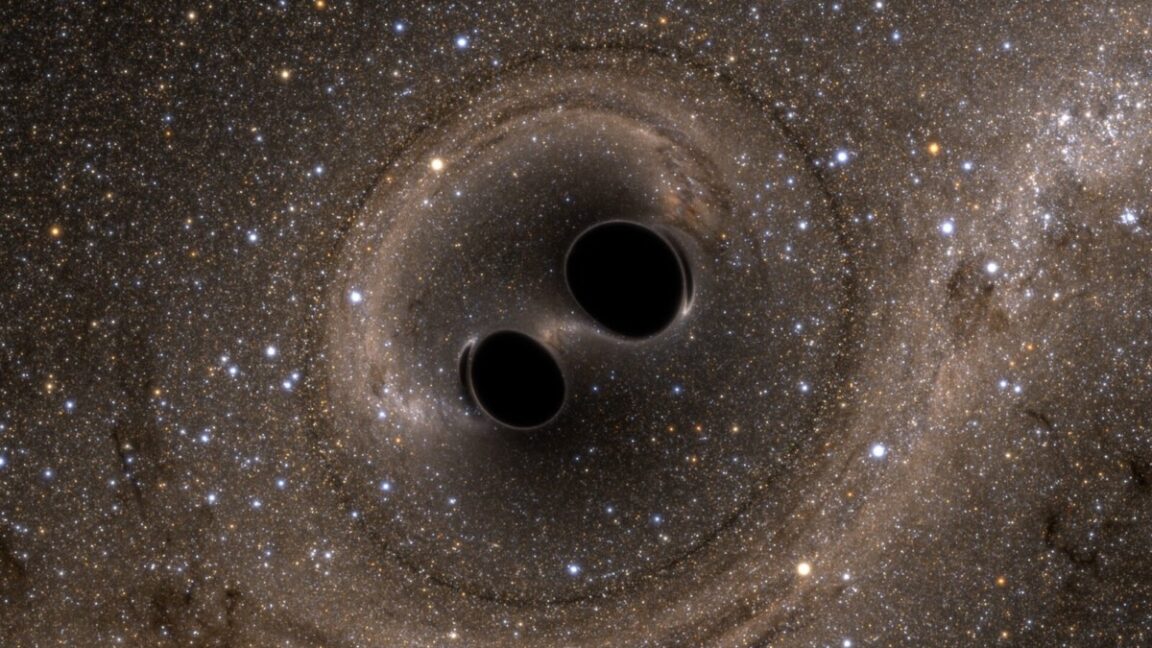T4K3.news
Astronomers observe second flare from same black hole
A rare second flare linked to a star near a black hole was detected two years after the first.

Astronomers are stunned by the rare occurrence of a second flare from the same black hole.
Astronomers Discover Second Black Hole Flare from Single Star
Astronomers have made a remarkable discovery that challenges existing theories about the behavior of stars near supermassive black holes. A second flare, linked to a star undergoing a tidal disruption event, was observed from the same black hole two years after the first. Researchers from Tel Aviv University reported their findings in The Astrophysical Journal Letters, marking a significant advancement in our understanding of such cosmic phenomena. Traditionally, it was believed that a star is entirely destroyed during these events, yet the occurrence of two flares from the same star suggests a more complex process may be at play, where the star can survive an initial encounter and return for another.
Key Takeaways
"The question now is whether we’ll see a third flare after two more years, in early 2026."
This highlights the ongoing anticipation for future observations.
"The implication is that partial and full disruptions look almost identical."
This statement suggests that our understanding of stellar disruptions needs revision.
This double flare observation invites profound implications for the field of astronomy. The conventional narrative, which casts tidal disruption events as total annihilations, now appears simplistic. If stars can survive such encounters, the understanding of supermassive black holes and their interactions with surrounding celestial bodies must be reevaluated. It highlights a necessity for deeper investigations into the endurance of stars and the bewitching dynamics of black holes in our universe. Prof. Iair Arcavi's remark about watching for a potential third flare in 2026 opens up exciting prospects for future research that could redefine cosmic narratives.
Highlights
- A second flare from a black hole challenges everything we thought we knew.
- Maybe black holes aren't just monsters; they have complex relationships with stars.
- Astronomy just got more complicated with this double flare discovery.
- Could we be witnessing the rebirth of a star after its first encounter with a black hole?
Interest in Stellar Observations
The discovery of a second flare raises compelling questions about stellar destruction and survival, a sensitive topic in astrophysics that could lead to intense academic debates.
As astronomers continue to explore these findings, they may soon reshape our understanding of black holes.
Enjoyed this? Let your friends know!
Related News

Astronomers capture first evidence of supermassive black hole formation
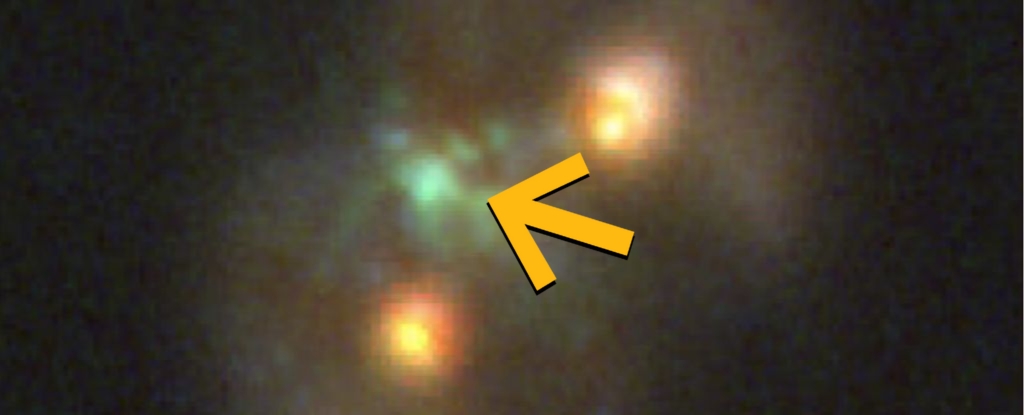
Discovery of Possible Supermassive Black Hole Formation

Astronomers capture birth of supermassive black hole
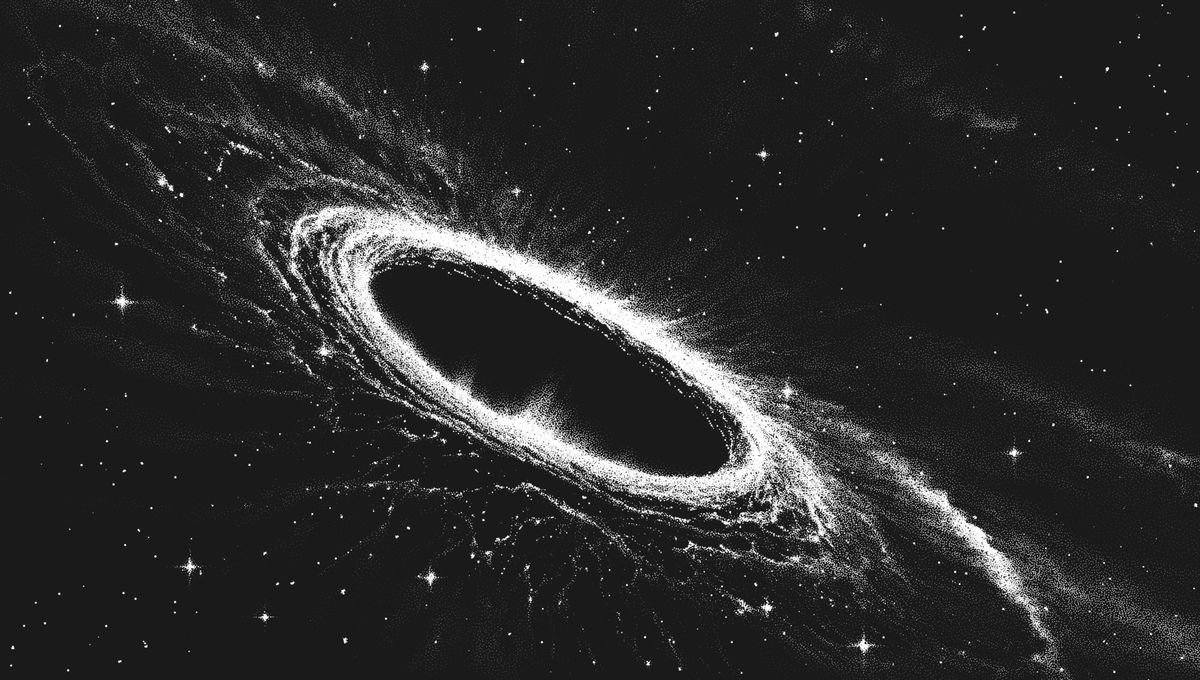
New Study Suggests Universe May Be Inside Black Hole
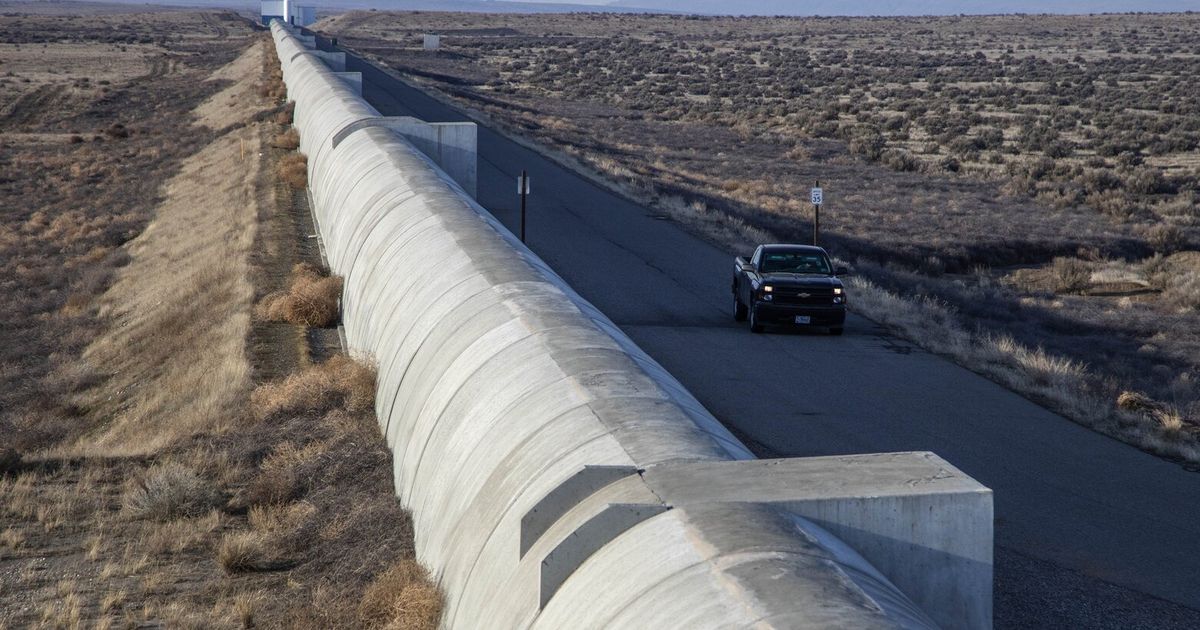
LIGO makes significant black hole discovery amid budget cuts

Largest black hole merger detected by LIGO-Virgo-KAGRA
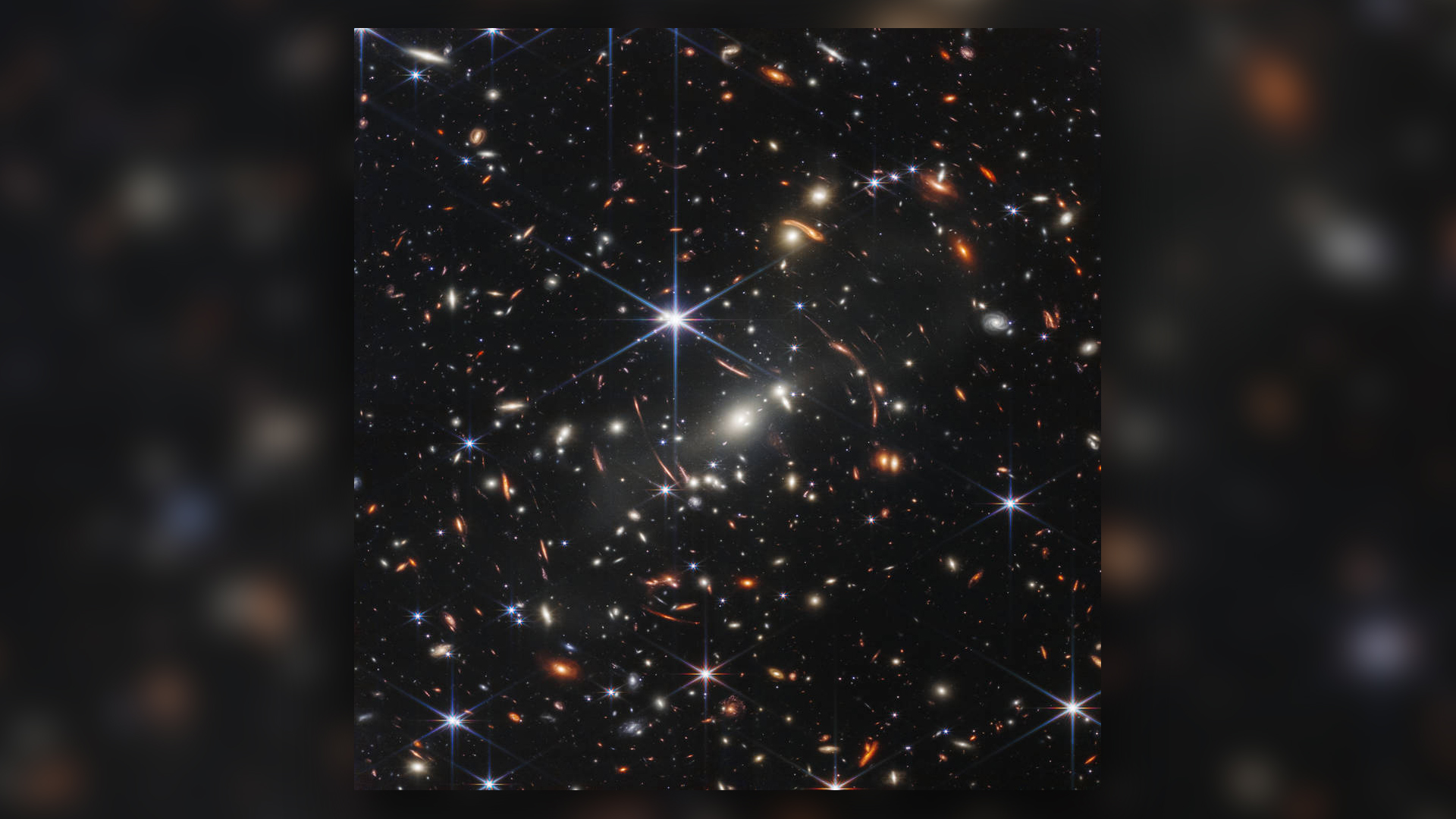
James Webb reveals deepest view of universe

James Webb Space Telescope unveils ancient galaxies
